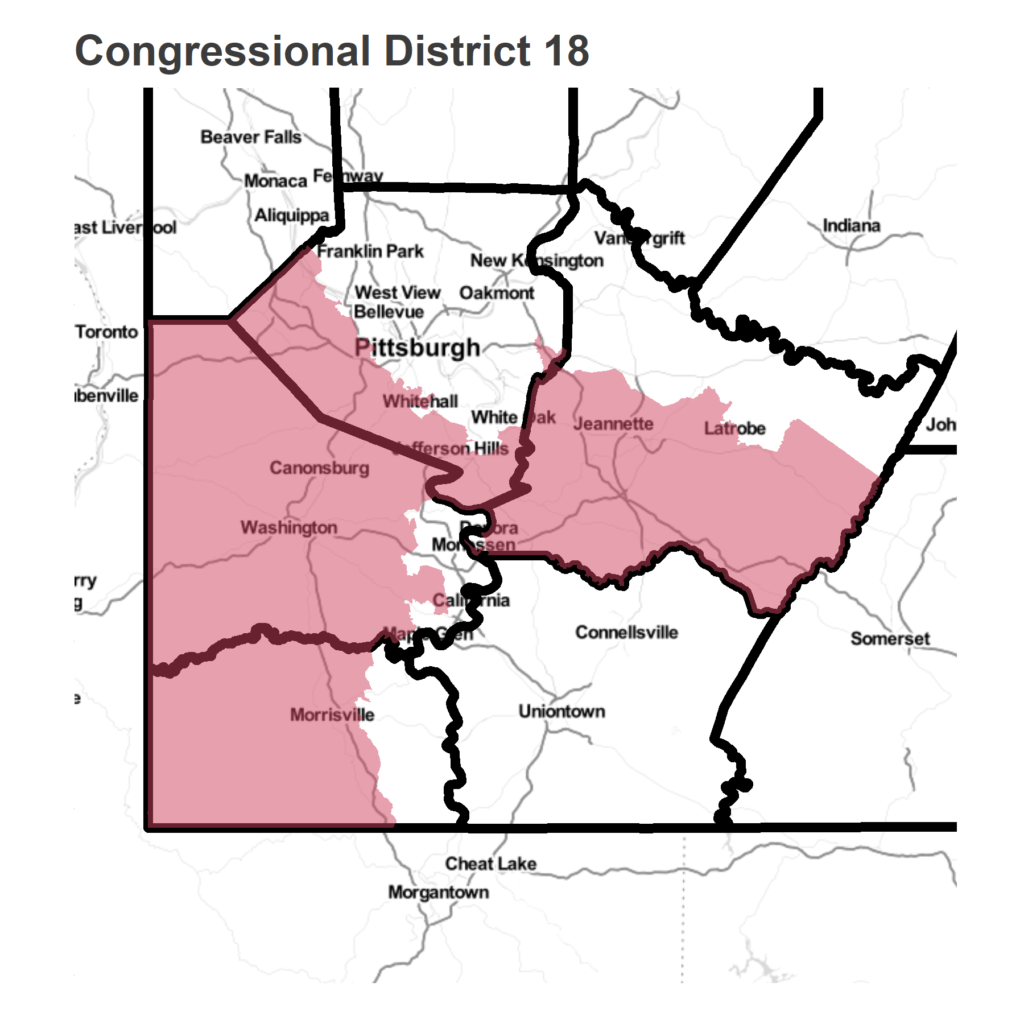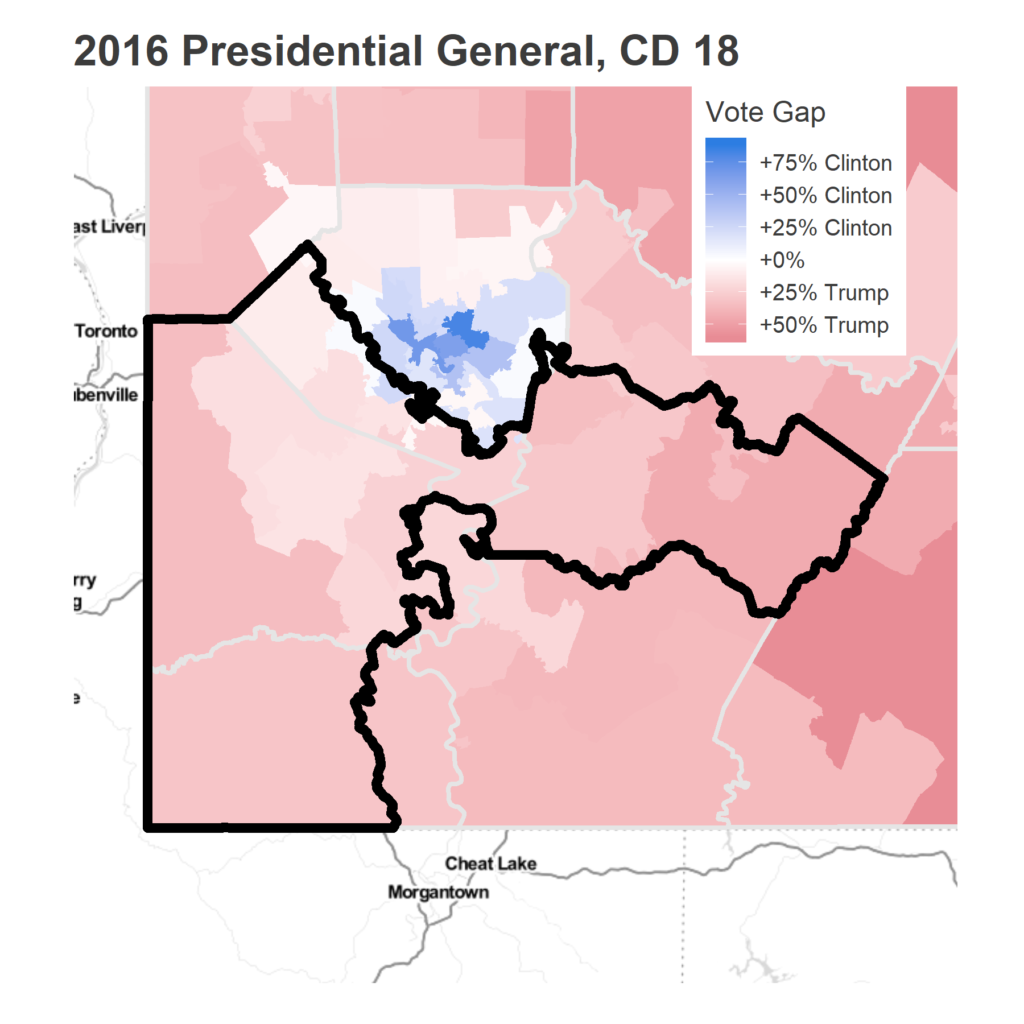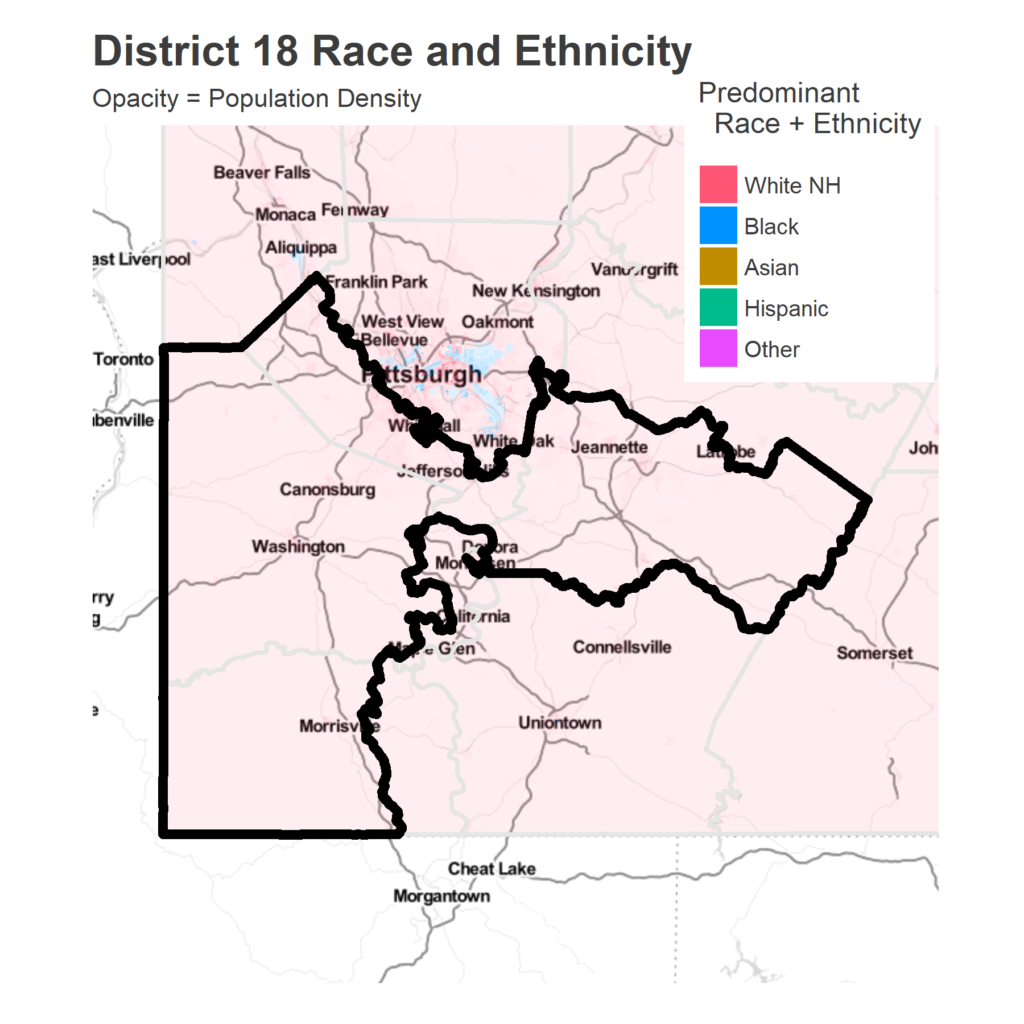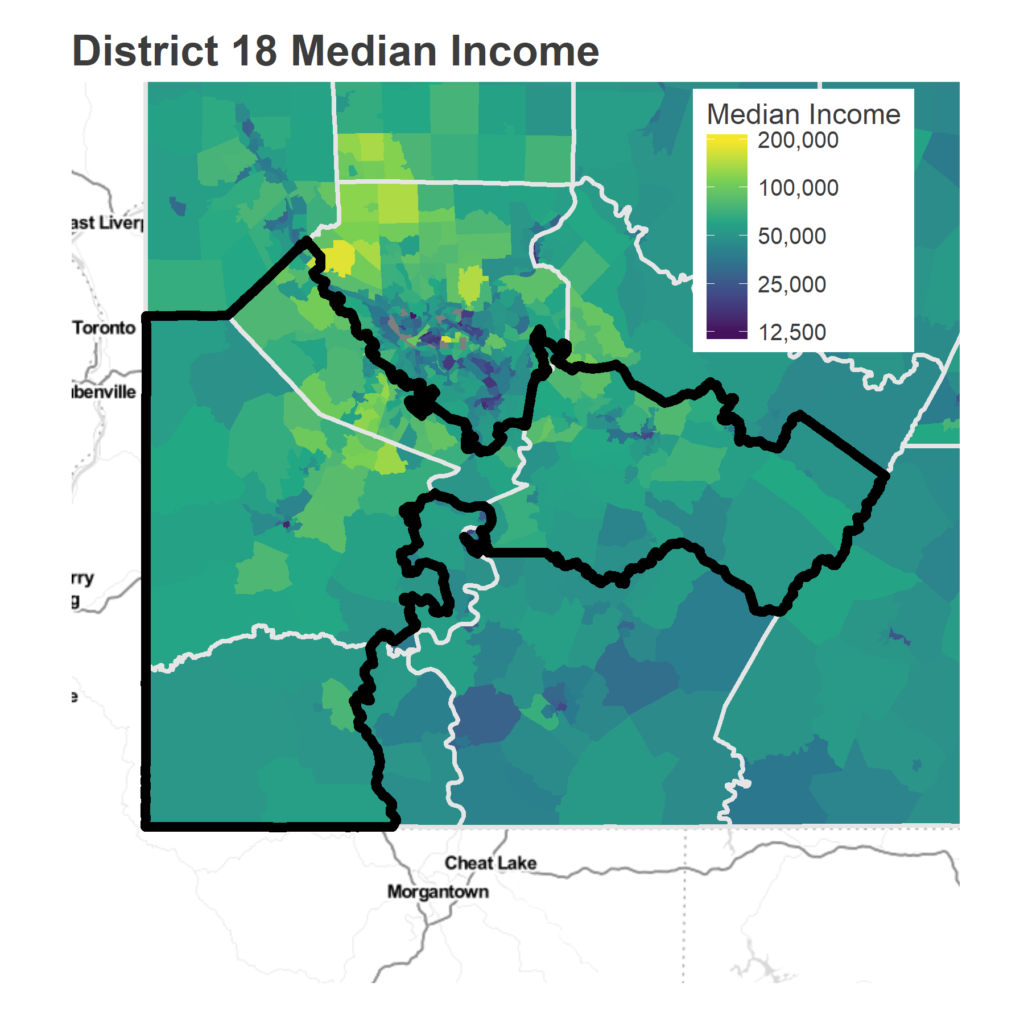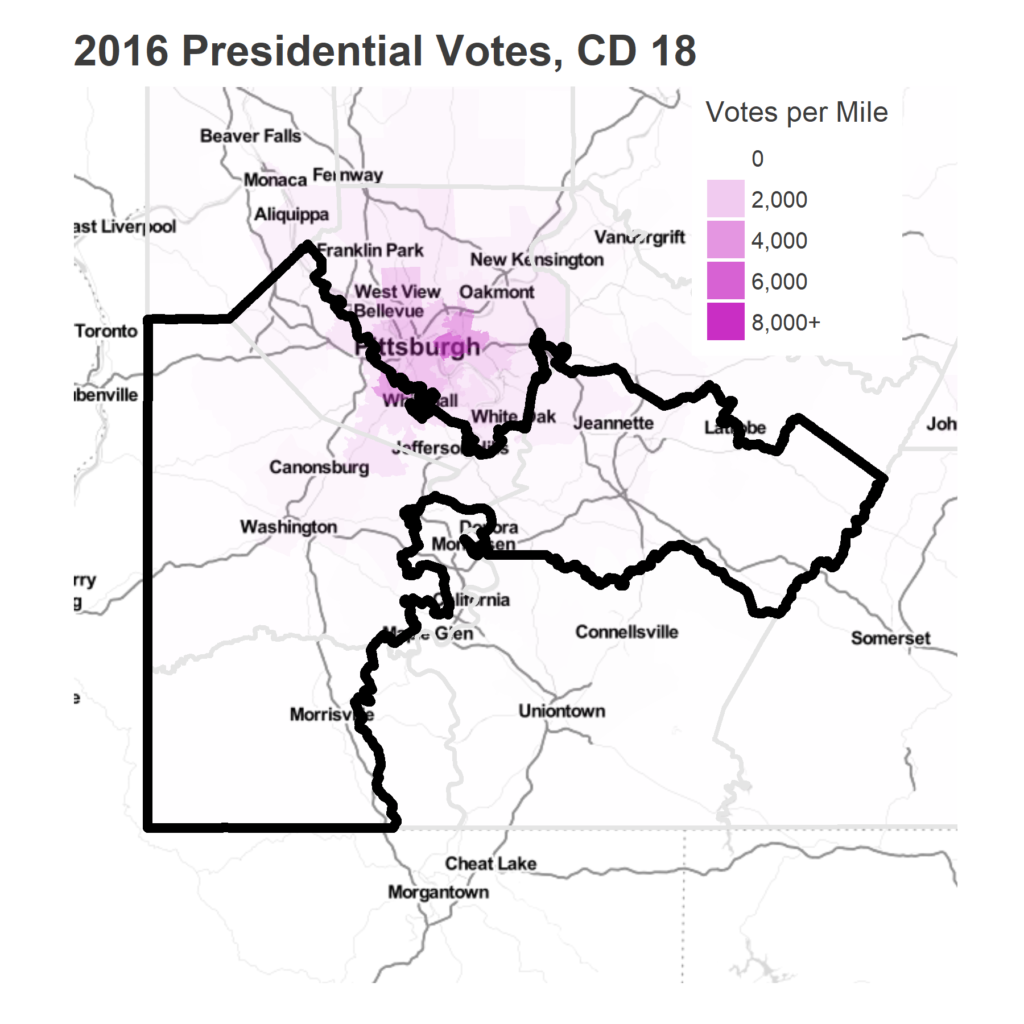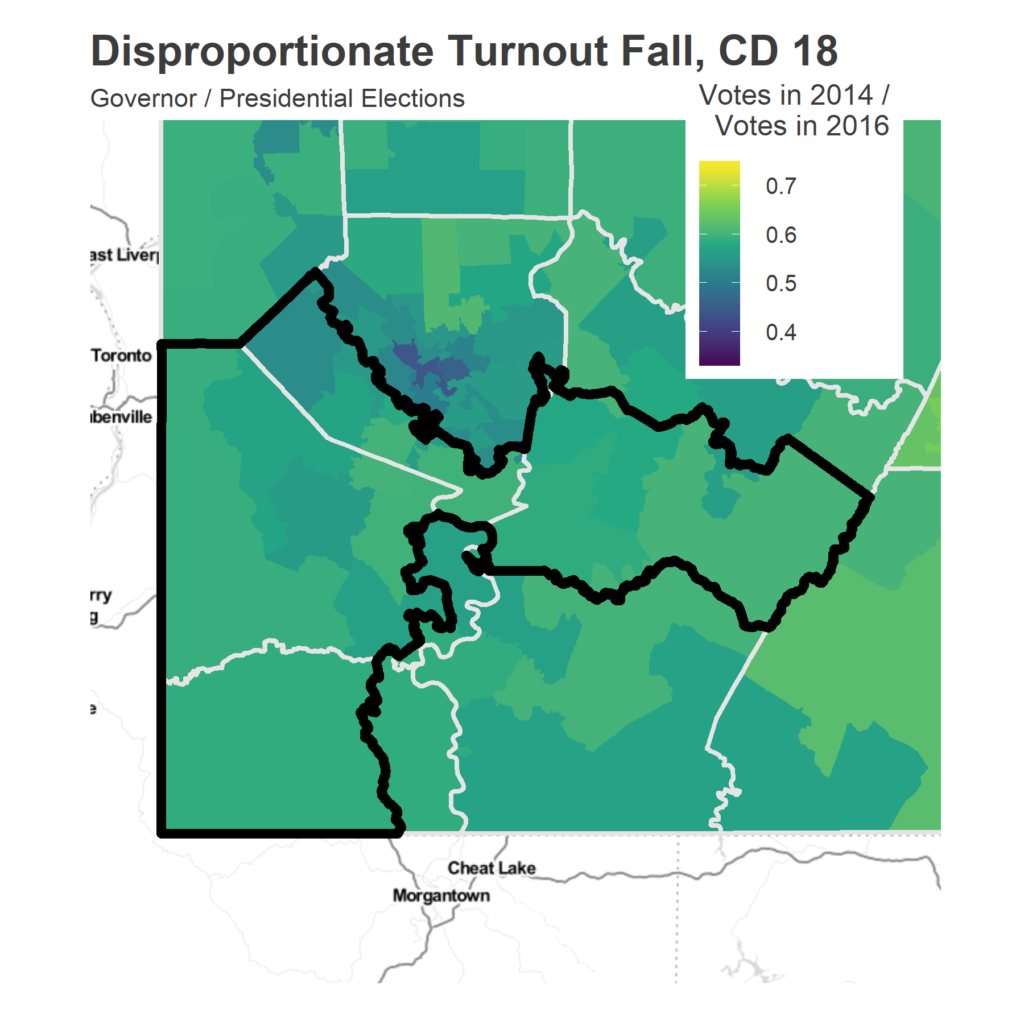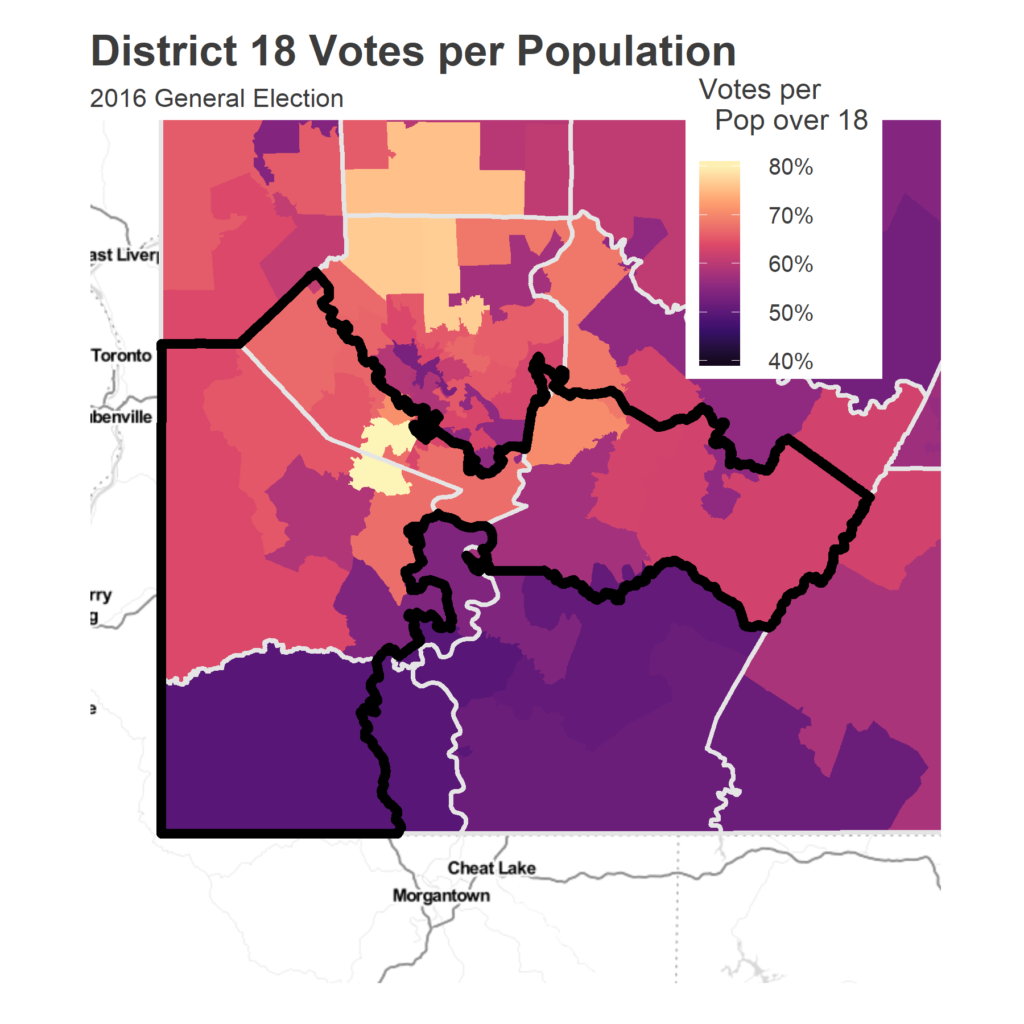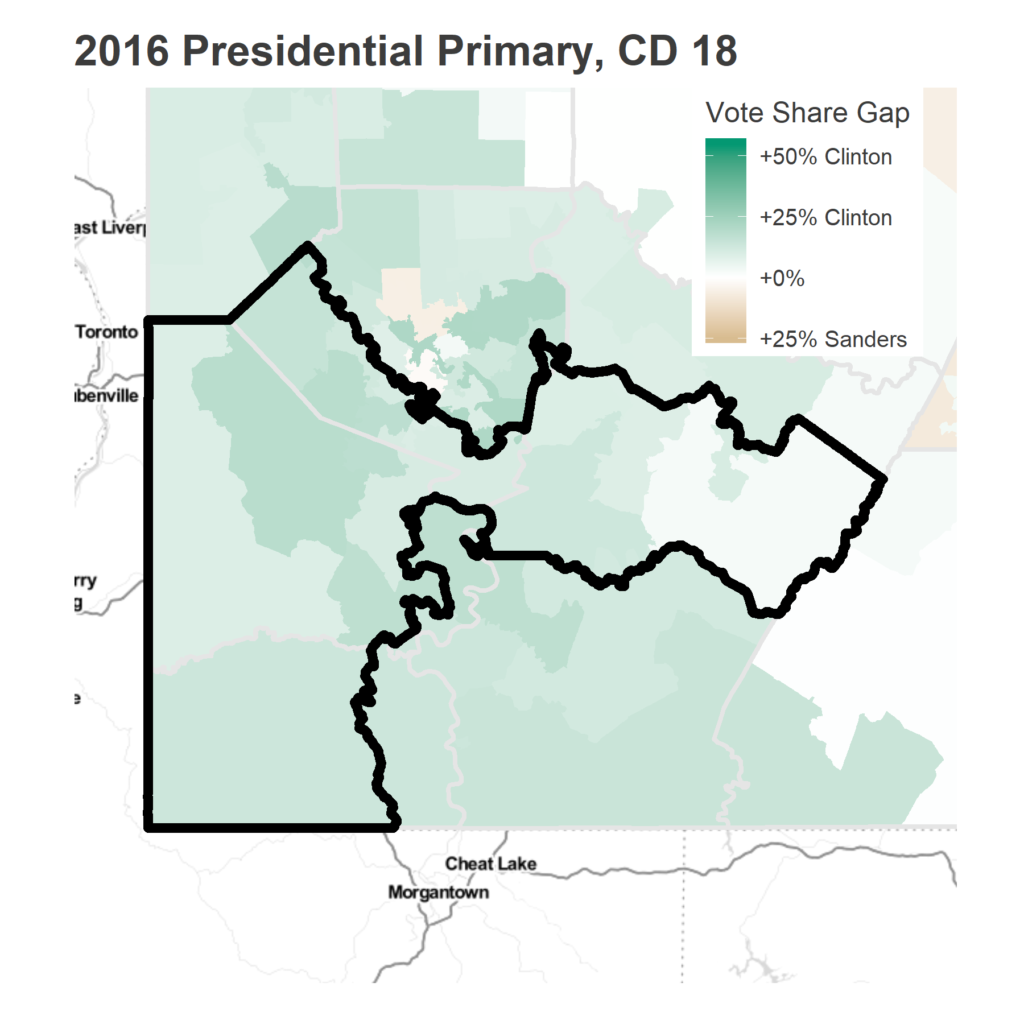I’ve been profiling each of the new Congressional Districts created when the state Supreme Court declared the prior boundaries unconstitutionally gerrymandered. Today I’m profiling the last of the Congressional Districts in the Philadelphia area, the new District 01.
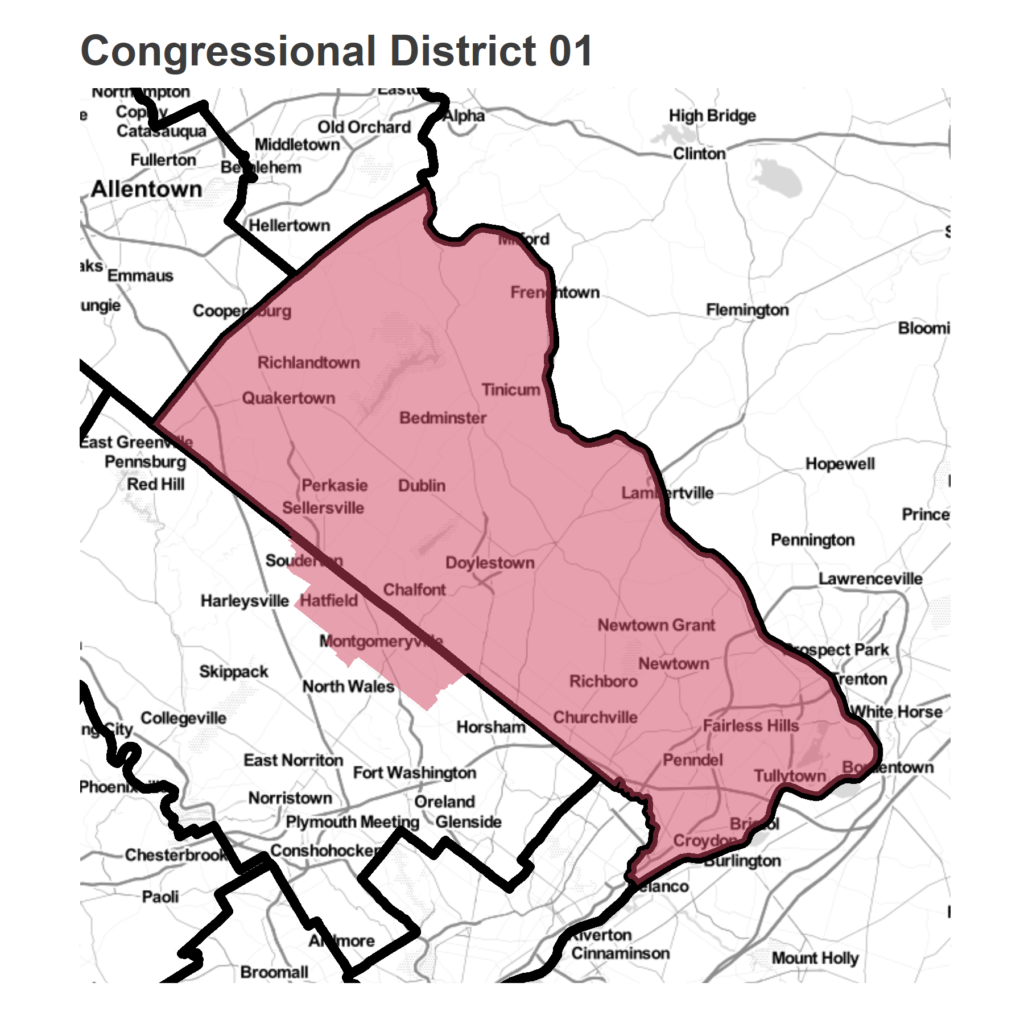
District 01 mostly aligns with Bucks County, to the Northeast and North of the city. To accomodate the equal population requirement, it adds on Montgomeryville and Hatfield in Montgomery County.
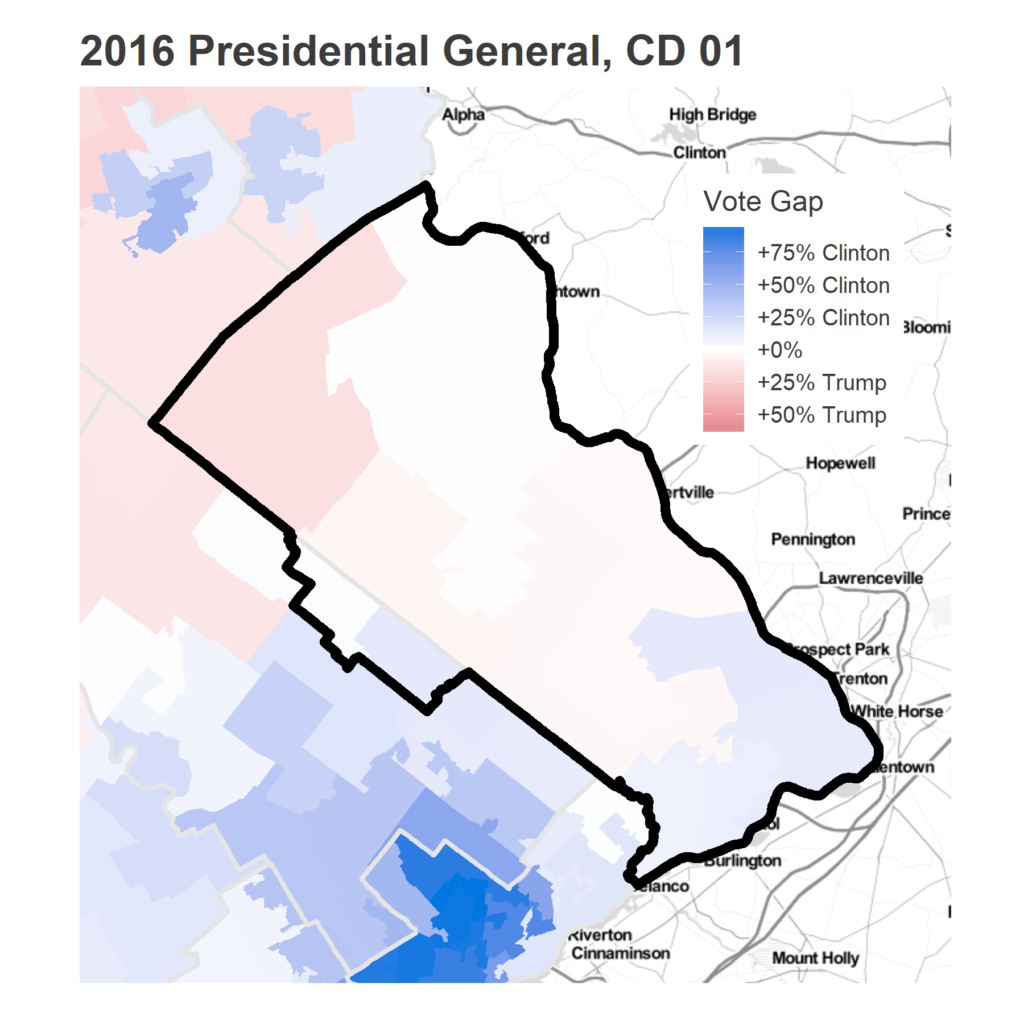
The district is the most evenly split in the Philadelphia region. It voted narrowly for Clinton in 2016, by a slim 50.7 – 49.3 margin. This was gap was two percentage points more Democratic than the state as a whole, though the District was 5.5 point *less* Democratic than the state in 2014. Bucks County provides the prime example of a suburban swing district, with traditional Republicans who swung against Trump. (Of course, the swing did not include all Republican voters by any means, but in this district a few percentage points matters.)
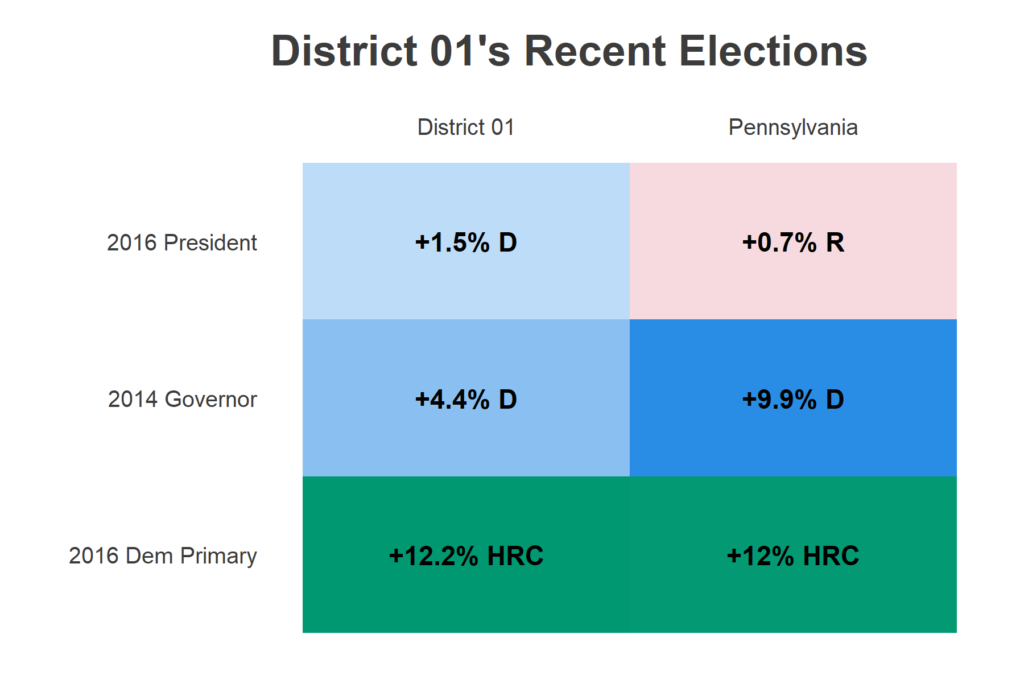
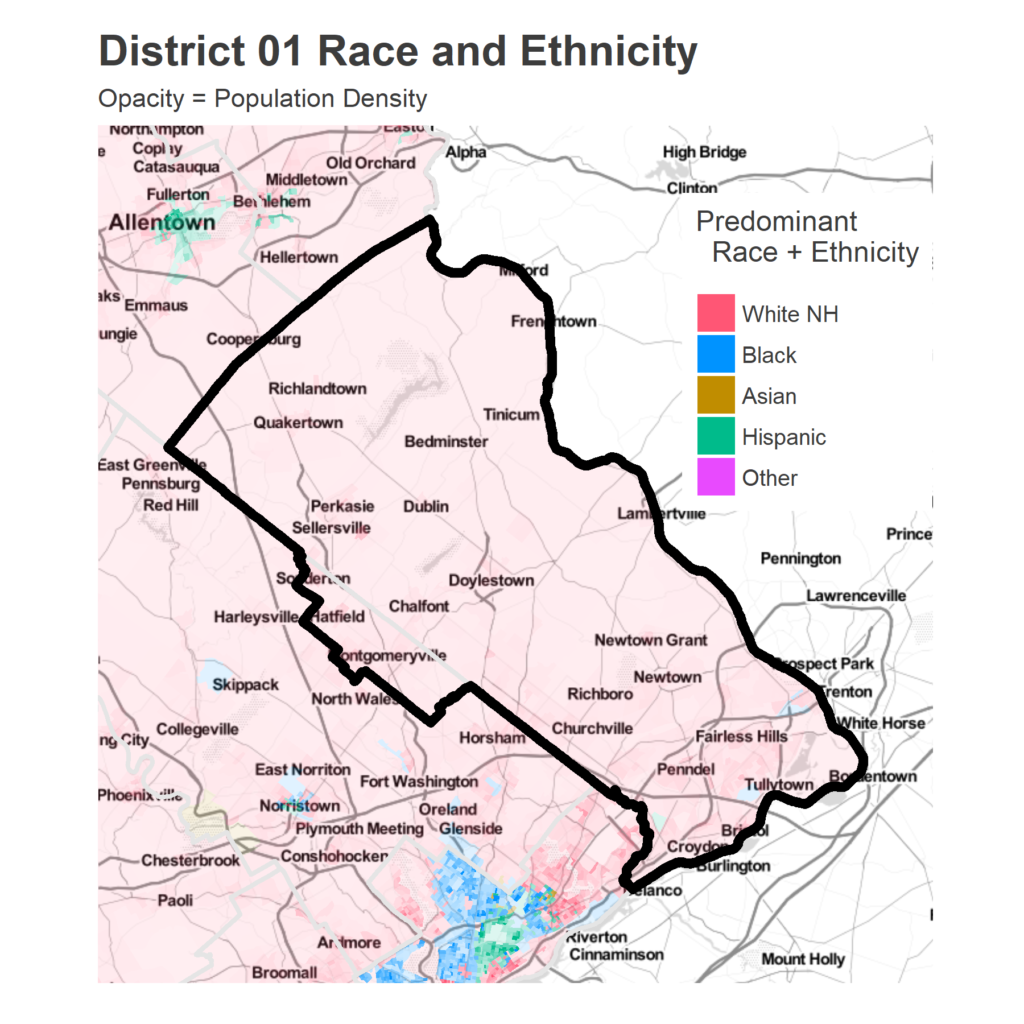
The district is predominantly White, and there is not a single State House District within it that is not at least a plurality White. Within that White population, there are demographic differences. The region immediately outside of Philadelphia looks a lot like an extension of the Northeast: it is the densest part of the County, and less wealthy than the County’s center, around Doylestown. The lowest five statehouse districts, including Newtown, Churchville, and everything below, constitutes a whopping 46% of the population.
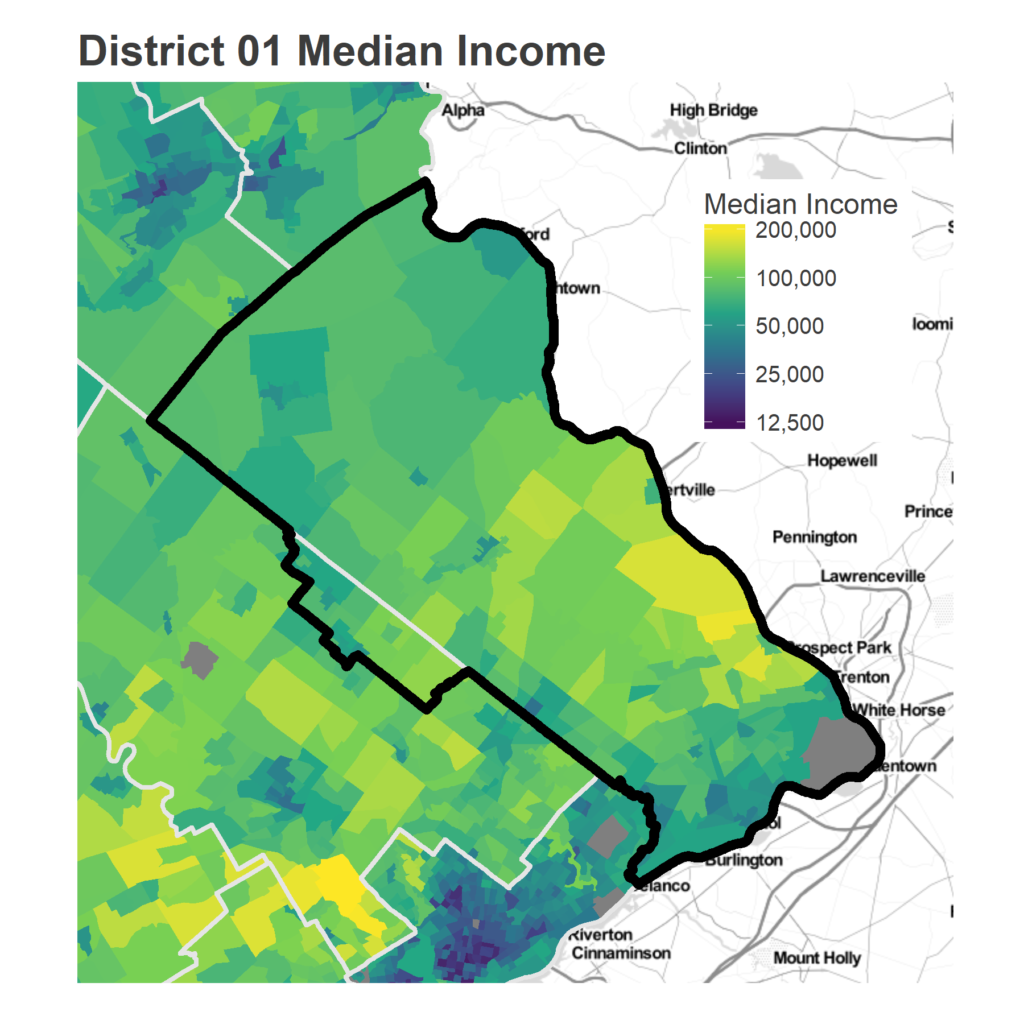
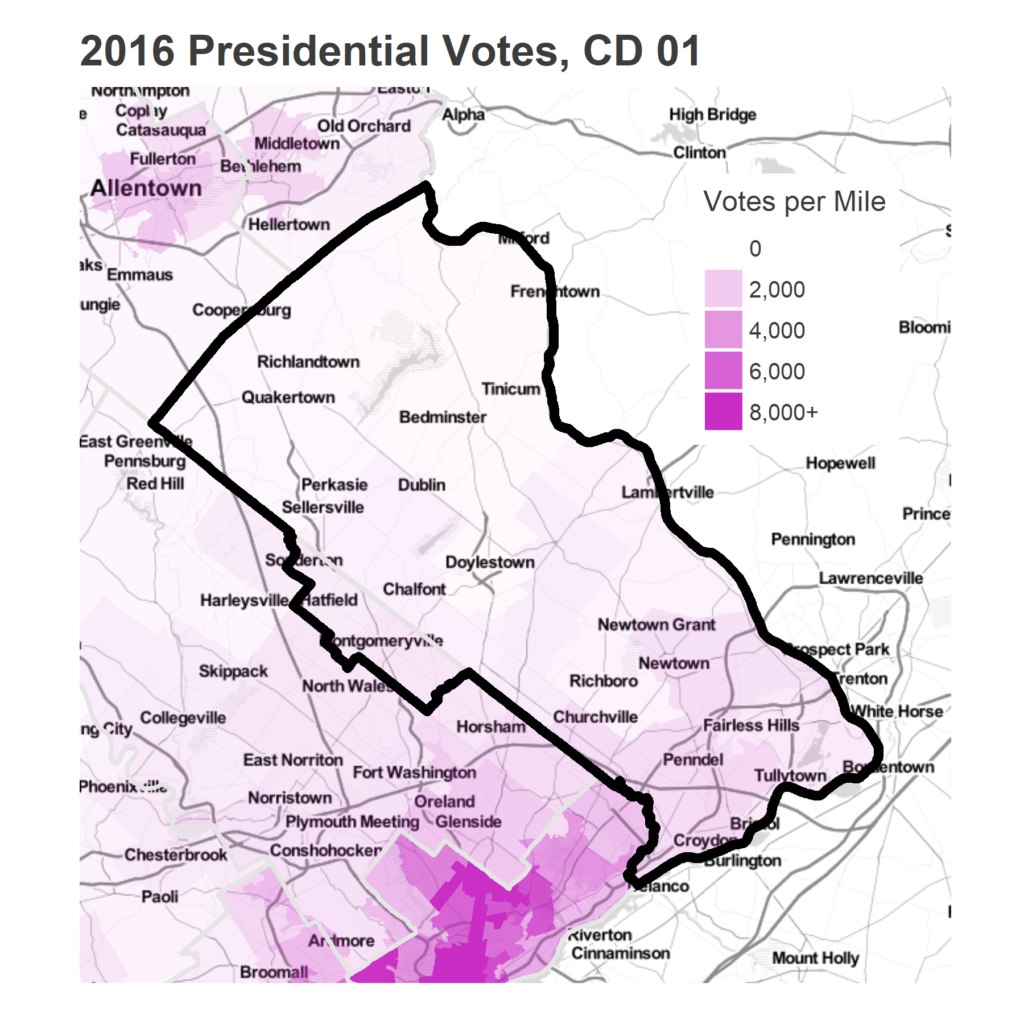
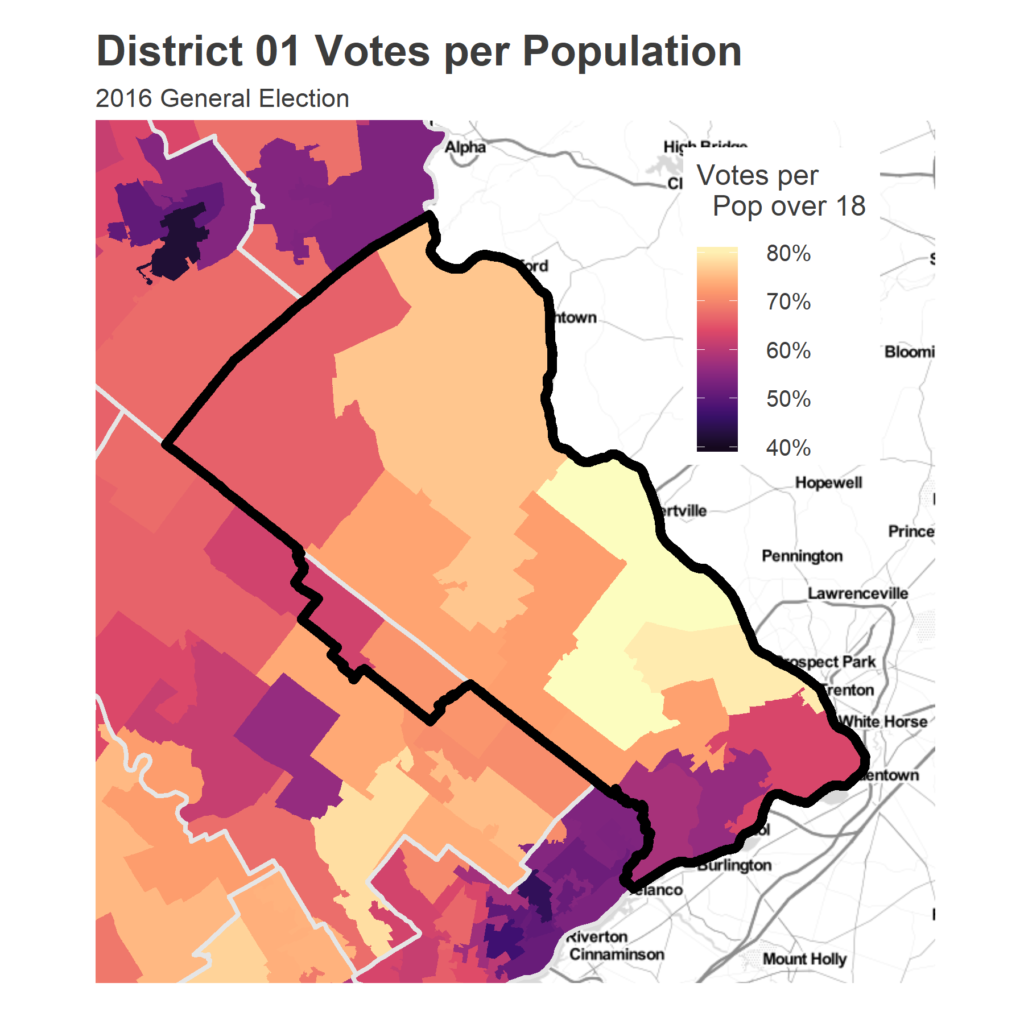
That 46% of the population turns out at lower rates than the rest of the District, and only represents 42% of the votes. But in a district so evely divided, subtle swings in any region with 42% of the vote (and especially a turnout increase, which is plausible in district with such low baseline turnout) can determine the election.
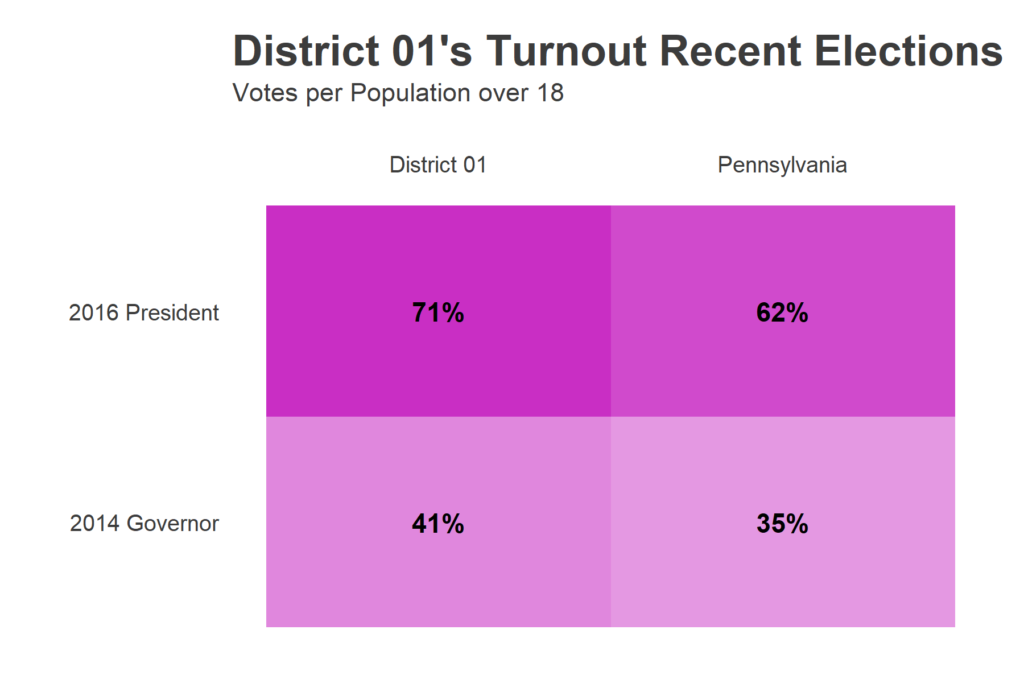
Despite the low turnout South of the district, the District as a whole votes at much higher rates than the state. Measured as votes per population over 18, the district voted at a rate nine percentage points more than the state in 2016, and six points more in 2014, the last race for Governor.
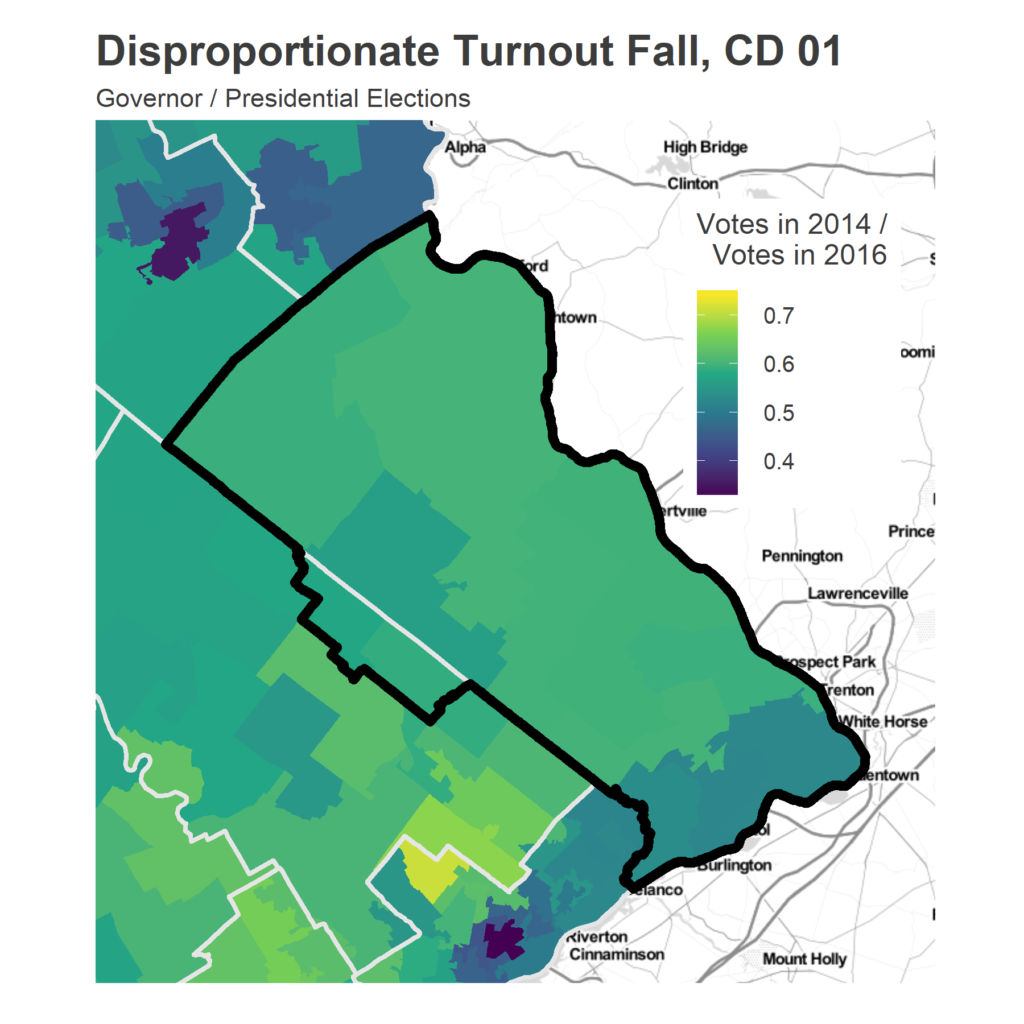
The 2016 Democratic Primary illustrates some interesting splits. Consider the wealthy region around Newtown and Lambertville. It has very high turnout, and was evenly split between Clinton and Trump. However, voters there *strongly* supported Clinton over Sanders. In other districts, we’ve seen a correlation between support for Sanders and support for Trump, which I’ve interpreted as an anti-establishment (or anti-Clinton, depending on your reading) sentiment. However, these wealthy voters appear to be legitimate centrists: with a slight overall Republican lean, who voted against Sanders, while also swinging slightly against Trump.
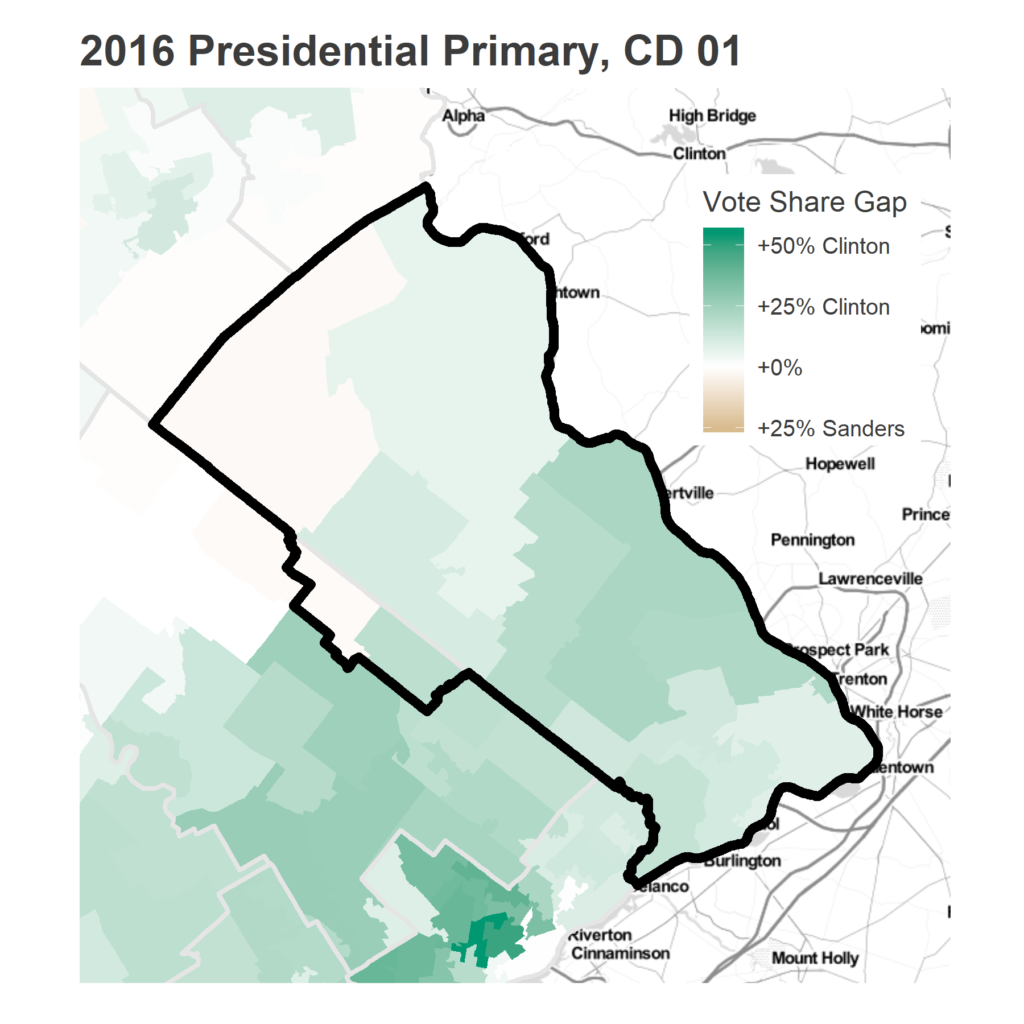
Below are the racial splits for the District, though they deserve a strong word of caution. The calculation below assigns races the weighted average of the vote in the State House districts that residents live in. In a District so heavily White, the Black, Hispanic, and Asian residents will still live in a predominantly White district, so the differences between races presented will be understated.
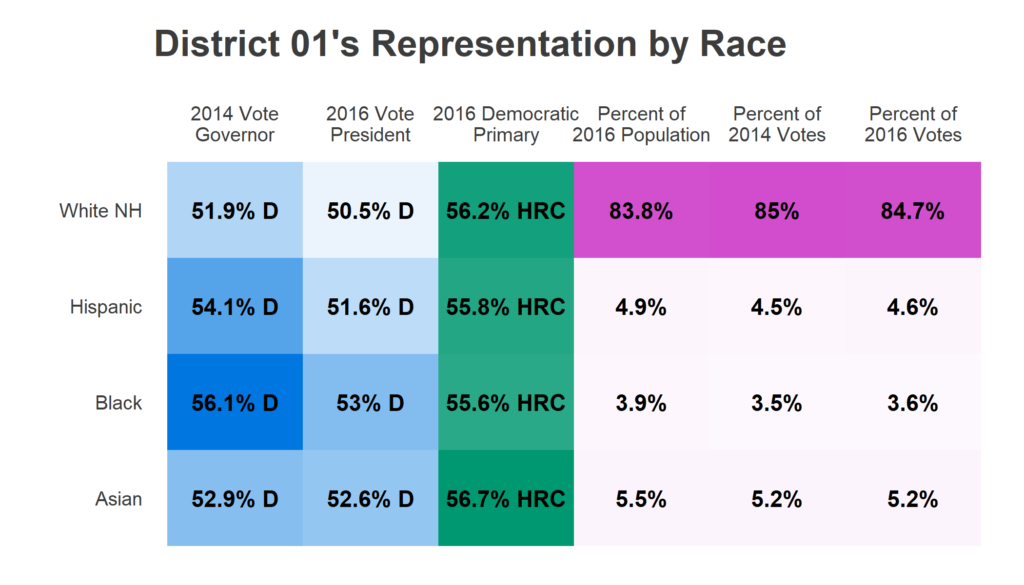
This wraps up the Philadelphia District Profiles. The redistricting removed the gerrymandering that was fabricating Republican Districts out of a broadly Democratic region. The result is that every one of the five compact districts in the region would have voted for Clinton in 2016, ranging from narrow victories (today’s CD 01) to the Democratic strongholds in the state (CDs 02, 03). While the state as a whole still represents a disproportionate Republican overrepresentation–Republicans would have won 56% of these districts in 2016, when they won only 50% of the vote–they are dramatically closer to matching the popular vote.
